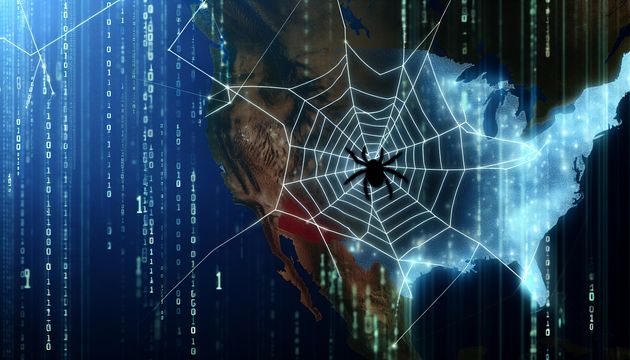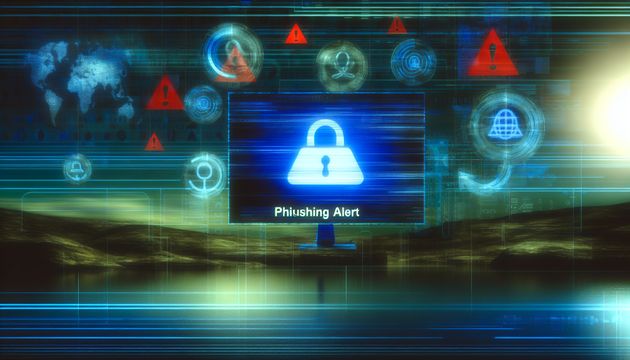
Google Chrome Vulnerability CVE-2025-2783: A Closer Look
A critical flaw in Google Chrome, identified as CVE-2025-2783, has recently been patched following its exploitation in a sophisticated cyber-espionage campaign. This vulnerability, discovered by Kaspersky researchers Boris Larin and Igor Kuznetsov, allowed attackers to bypass Chrome’s sandbox mechanism on Windows systems, posing a significant threat to millions of users. The flaw was actively exploited in a campaign known as Operation ForumTroll, which targeted Russian organizations through phishing emails masquerading as invitations to a scientific forum (BleepingComputer). The attackers leveraged this vulnerability to execute remote code, highlighting the persistent cybersecurity challenges faced by modern web users (Securelist).
The Vulnerability: CVE-2025-2783
Discovery and Initial Assessment
The CVE-2025-2783 vulnerability was discovered by Kaspersky researchers Boris Larin and Igor Kuznetsov. This vulnerability was identified as a critical flaw in Google Chrome, specifically affecting the browser’s sandbox mechanism on Windows systems. The sandbox is like a security barrier that keeps potentially harmful web content from affecting your computer. The discovery was significant because it highlighted a logical error at the intersection of Google Chrome’s sandbox and the Windows operating system (BleepingComputer).
Technical Breakdown
The vulnerability CVE-2025-2783 is characterized by an “incorrect handle provided in unspecified circumstances in Mojo on Windows.” Mojo is a set of tools that help different parts of Chrome talk to each other. Imagine it as a translator that sometimes gives the wrong message, allowing attackers to sneak past Chrome’s security checks without raising alarms (Securelist).
The flaw was actively exploited in the wild, with attackers leveraging it to execute sophisticated malware. The vulnerability was particularly dangerous because it enabled remote code execution on compromised systems, further enhancing the attackers’ ability to infiltrate and control targeted networks (UNDERCODE NEWS).
Exploitation and Impact
CVE-2025-2783 was exploited in a cyber-espionage campaign known as Operation ForumTroll. This campaign targeted Russian organizations, including media outlets, educational institutions, and government bodies. The attackers used phishing emails that appeared to be invitations from the organizers of a scientific and expert forum called “Primakov Readings.” These emails redirected victims to a malicious domain, primakovreadings[.]info, where the exploit was deployed (BleepingComputer).
The impact of the vulnerability was significant, as it put millions of Chrome users at risk, particularly those using Windows. The urgency of addressing this flaw was underscored by its active exploitation in real-world attacks, emphasizing the persistent cybersecurity threats faced by modern web users (UNDERCODE NEWS).
Mitigation and Response
In response to the discovery of CVE-2025-2783, Google released a critical security update for Chrome, urging users to update to version 134.0.6998.177 or later. The update was made available to users in the Stable Desktop channel and was designed to patch the vulnerability and prevent further exploitation. Google emphasized the importance of implementing strict patch management procedures and using automated update mechanisms to reduce exposure time (Feedly).
While Google has not yet disclosed detailed information about the incidents involving CVE-2025-2783, the company stated that access to bug details and links would be restricted until a majority of users have applied the fix. This approach is intended to minimize the risk of further exploitation while ensuring that users are protected (BleepingComputer).
Future Implications and Lessons Learned
The exploitation of CVE-2025-2783 highlights the ongoing challenges in securing web browsers and the critical importance of timely vulnerability detection and patching. The incident underscores the need for continuous collaboration between security researchers, software vendors, and users to identify and address security flaws promptly.
The case of CVE-2025-2783 also illustrates the sophisticated nature of modern cyber-espionage campaigns, which often involve multiple layers of exploitation and social engineering tactics. As attackers continue to evolve their methods, it is crucial for organizations to maintain robust security practices, including regular software updates, employee training on phishing awareness, and the implementation of advanced threat detection and response solutions (Kaspersky Blog).
In conclusion, while the immediate threat posed by CVE-2025-2783 has been mitigated through Google’s prompt response, the incident serves as a reminder of the ever-present need for vigilance and proactive security measures in the digital landscape.
Final Thoughts
The swift response by Google to patch the CVE-2025-2783 vulnerability underscores the importance of timely updates and robust security practices. While the immediate threat has been mitigated, this incident serves as a stark reminder of the evolving nature of cyber threats and the need for continuous vigilance. The exploitation of this vulnerability in Operation ForumTroll illustrates the sophisticated tactics employed by attackers, emphasizing the necessity for organizations to implement comprehensive security measures, including regular software updates and employee training on phishing awareness (UNDERCODE NEWS). As technology advances, so too must our strategies to protect against these ever-present threats.
References
- BleepingComputer. (2025). Google fixes Chrome zero-day exploited in espionage campaign. https://www.bleepingcomputer.com/news/security/google-fixes-chrome-zero-day-exploited-in-espionage-campaign/
- Securelist. (2025). Operation ForumTroll: APT with zero-day vulnerability. https://securelist.com/operation-forum-troll/115989/
- UNDERCODE NEWS. (2025). Google issues urgent Chrome security update to patch active zero-day exploit. https://undercodenews.com/google-issues-urgent-chrome-security-update-to-patch-active-zero-day-exploit/
- Feedly. (2025). CVE-2025-2783. https://feedly.com/cve/CVE-2025-2783
- Kaspersky Blog. (2025). Forum Troll: APT with zero-day vulnerability. https://www.kaspersky.co.za/blog/forum-troll-apt-with-zero-day-vulnerability/34386/



